Storm No. 3 (Storm WIPHA) is a very strong storm with a very wide range and intensity of influence and is dangerous.
The Prime Minister has just issued Official Dispatch No. 112/CD-TTg dated July 19, 2025 requesting ministries, branches and localities to focus on responding to storm No. 3 in 2025.
Telegrams sent to the Ministers of: National Defense, Public Security, Agriculture and Environment, Industry and Trade, Construction, Science and Technology, Culture - Sports and Tourism; Chairmen of the People's Committees of the provinces and cities: Quang Ninh, Hai Phong, Hung Yen, Ninh Binh, Thanh Hoa, Nghe An, Quang Tri, Hue, Da Nang, Quang Nam , Quang Ngai, Lao Cai, Lai Chau, Dien Bien, Son La, Tuyen Quang, Cao Bang, Lang Son, Thai Nguyen, Phu Tho, Bac Ninh, Hanoi; General Directors: Vietnam Television, Voice of Vietnam, Vietnam News Agency.
Interior The telegram reads as follows: On the morning of July 19, 2025, the storm with the international name WIPHA entered the East Sea and became the third storm in 2025, with an intensity of level 10 and gusts of level 12.
According to the forecast of the National Center for Hydro-Meteorological Forecasting, the storm will continue to strengthen (the strongest wind at sea can reach level 12, gusting to level 15). From July 21-22, coastal areas from Quang Ninh to Thanh Hoa will be directly affected by the storm, causing strong winds and heavy rains in the Northern provinces and the North Central provinces (Thanh Hoa, Nghe An, Ha Tinh ).
This is a very strong storm, moving fast, with a wide and dangerous range and intensity of influence on sea and land.
To proactively respond to storms and heavy rains, the risk of flash floods, landslides, and inundation, and ensure the safety of people's lives and property and the State, the Prime Minister requests:
Proactively respond to storm No. 3 and heavy rain
1. Chairman of People's Committees of coastal provinces and cities from Quang Ninh to Quang Ngai:
Organize close monitoring of storm developments; direct and deploy the work of counting, guiding and ensuring safety for ships and vehicles (including tourist boats) operating at sea and along the coast to proactively escape from dangerous areas or return to safe shelters; prepare forces and means to promptly rescue when required.
2. Chairman of the People's Committees of the Northern and North Central provinces and cities:
a) Organize to fully update and promptly inform people about natural disaster situations so that they can proactively respond to ensure safety; propagate and guide people on response measures and skills, especially strong winds, flash floods, inundation, and landslides.
b) Organize to review and prepare plans to evacuate households in dangerous areas, especially coastal areas, areas at high risk of landslides, flash floods, and deep flooding to safe places; have plans to support temporary accommodation, food, and necessities for people who have to evacuate, ensuring stable lives for people.
c) Have plans to ensure safety for tourists on islands and coastal areas.
d) Prepare measures to ensure safety and limit damage to houses, warehouses, headquarters, public works, industrial parks, factories, power grids, and telecommunications systems.
d) Urgently complete the repair and remedy of recent incidents and damages to dike works; check and review the readiness of dike protection plans against floods in the area according to the "4 on-site" motto.
e) Be ready to deploy forces to guard and control people and vehicles passing through culverts, spillways, deeply flooded areas, areas with strong currents, landslides or areas at risk of landslides, resolutely not allowing people and vehicles to pass if safety is not ensured, not allowing unfortunate human losses due to carelessness or subjectivity; deploy forces, materials and vehicles to overcome incidents, ensuring smooth traffic on main traffic routes when heavy rain occurs.
g) Check and review key works, unfinished works, small reservoirs that are full of water; organize a permanent staff, ready to regulate and ensure safety of works and downstream areas when floods occur.
h) Prepare plans to ensure drainage and prevent flooding for agricultural production areas; industrial parks, urban areas, and residential areas.
i) Organize 24/7 on-duty staff to monitor natural disaster situations and organize response measures.
3. The Minister of Agriculture and Environment shall organize a shift to closely monitor developments, forecast, warn, and promptly inform relevant agencies and people about developments of storms, floods, and natural disasters; proactively direct sectors and localities to deploy natural disaster prevention and control work according to assigned functions and tasks, especially ensuring the safety of dykes, reservoirs, and irrigation dams, and limiting damage to agricultural production.
4. Ministers of the Ministries of National Defense and Public Security direct Military Regions and forces stationed in the area to review plans and prepare forces and means to support people in responding to storms, floods, and rescue when requested by localities.
5. Ministers of the Ministries of Industry and Trade, Agriculture and Environment, Construction, Science and Technology and other Ministries and branches, according to their assigned functions and tasks, shall proactively direct the work of responding to storms and floods in the fields of their ministries, paying attention to directing the work of ensuring safety for production, safety of hydroelectric dams, transport infrastructure, energy, and telecommunications.
6. Vietnam Television, Voice of Vietnam, and Vietnam News Agency promptly inform about natural disaster situations and response instructions from competent authorities, and increase dissemination and guidance on measures and skills to respond to storms, floods, landslides, and flash floods for people.
7. Assign Deputy Prime Minister Tran Hong Ha to continue to directly direct ministries, branches and localities to deploy response work appropriate to storm and flood developments.
8. The Government Office, according to its assigned functions and tasks, shall monitor and urge the implementation of this Official Dispatch and promptly report to the Prime Minister and Deputy Prime Minister in charge on any urgent or arising issues.
Urgently deploy emergency response to storm No. 3
Following Telegram 112, on the evening of July 20, the Prime Minister continued to issue Telegram No. 117/CD-TTg directing urgent implementation of emergency response to storm No. 3.
The Prime Minister telegraphed to the Ministers of: National Defense, Public Security, Agriculture and Environment, Industry and Trade, Construction, Science and Technology, Culture - Sports and Tourism; Chairmen of the People's Committees of the provinces and cities: Quang Ninh, Hai Phong, Hung Yen, Ninh Binh, Thanh Hoa, Nghe An, Ha Tinh, Lao Cai, Lai Chau, Dien Bien, Son La, Tuyen Quang, Cao Bang, Lang Son, Thai Nguyen, Phu Tho, Bac Ninh, Hanoi; General Directors: Vietnam Television, Voice of Vietnam, Vietnam News Agency.
Currently, storm number 3 is active in the North East Sea, with very strong intensity (level 12, gusts of level 15). This is a strong, fast-moving storm.
According to the forecast of the National Center for Hydro-Meteorological Forecasting, the storm will affect the North and North Central regions from the evening of July 21, 2025, causing strong winds, heavy rain, high risk of flash floods, landslides in the midlands and mountainous areas, and flooding in low-lying and urban areas.
Focus on responding to storm number 3 with the most urgent and determined spirit
Following Official Dispatch No. 112/CD-TTg dated July 19, 2025, the Prime Minister requests:
1. Ministers of the Ministries of National Defense, Public Security, Agriculture and Environment and ministries, branches and localities within the storm's affected area continue to focus on directing the timely implementation of storm and flood response work according to the direction of the Prime Minister in Official Dispatch No. 112/CD-TTg dated July 19, 2025 with the most urgent and drastic spirit to ensure the safety of life and property of the People and the State, minimizing damage caused by storms.
2. Chairmen of People's Committees of provinces and cities focus on directing:
a) Ensuring safety for activities at sea and on islands:
1) Focus on calling and guiding ships (including fishing boats, transport ships, and tourist boats) still operating at sea to leave dangerous areas or return to safe shelters; take measures to ensure the safety of people and ships at anchorage areas; resolutely not let people stay on board when the storm makes landfall.
2) Review and deploy safety measures for tourism and aquaculture activities at sea, in river mouths, and along the coast; resolutely evacuate and do not let people stay on cages, rafts, and aquaculture watchtowers before and during the storm.
3) Based on specific situations, proactively decide on sea bans for fishing vessels, transport vessels, and tourist vessels.
b) Ensuring safety in coastal and inland areas:
1) Proactively review residential areas, organize evacuation of people from unsafe houses, areas at risk of landslides, flash floods, deep flooding; prepare forces, means, equipment, and necessities according to the "four on-the-spot" motto to be ready to respond to all situations.
2) Reinforce and protect factories and infrastructure works (telecommunications systems, power grid systems, etc.) and take measures to quickly fix problems, maintain operations, and avoid interruptions before, during, and after storms.
3) Control traffic, organize traffic flow, guide traffic, limit people from going out during storms and thunderstorms before storms; control and guide at culverts, spillways, deeply flooded roads, fast-flowing water, roads with incidents or at risk of landslides; prepare forces, materials and means to fix incidents, ensure smooth traffic on main traffic routes.
3. The Ministry of Agriculture and Environment shall organize monitoring, forecasting, and providing complete, accurate, and timely information to competent authorities to serve the direction and response to storms according to regulations; proactively direct and urge localities to respond appropriately to the developments of storms, rain, floods, and landslides; direct the work of ensuring the safety of dikes, irrigation reservoirs, and agricultural production.
4. Ministries and branches, according to their functions, state management tasks and assigned tasks, establish working groups to coordinate with localities to direct response to storms and floods, including: Ministry of National Defense in Quang Ninh province; Ministry of Public Security in Hai Phong city; Ministry of Agriculture and Environment in Ninh Binh province; Ministry of Construction in Hung Yen province; Ministry of Science and Technology in Thanh Hoa province.
5. The Ministry of Culture, Sports and Tourism, Vietnam Television, Voice of Vietnam, and Vietnam News Agency shall strengthen direction and promptly report on the storm's developments, and instruct people on prevention, response, and damage reduction skills.
6. Assign Deputy Prime Minister Tran Hong Ha to directly monitor and direct ministries, branches and localities to implement this Official Dispatch.
7. The Government Office, according to its assigned functions and tasks, shall monitor and urge the implementation of this Official Dispatch and promptly report to the Prime Minister and Deputy Prime Minister in charge on any urgent or arising issues.
Storm No. 3 is very strong, moves quickly but stops long on land, increasing the risk of damage when it makes landfall.
Speaking at the conclusion of a live and online meeting with the headquarters of the People's Committees of the northern and North Central provinces, and more than 1,700 communes and wards on proactive response to storm No. 3 (storm Wipha), Deputy Prime Minister Tran Hong Ha stated: Storm No. 3 is very strong, has complex developments, moves quickly, but has a long stopping time near the mainland, increasing the risk of damage when it makes landfall.
Therefore, specialized agencies must provide full and accurate information, correctly assess the complexity and danger of the storm, and avoid subjectivity in prevention and control work. Ministries, branches, and localities must maintain a 24/7 duty regime, based on the continuously updated bulletins of the National Center for Hydro-Meteorological Forecasting to promptly direct and operate.
The Deputy Prime Minister requested localities to immediately review key areas at risk of being affected by the storm, promptly update and adjust response plans. In particular, it is necessary to clearly identify particularly vulnerable areas and high-risk structures, based on landslide, flash flood and flash flood warning maps. At the same time, urgently strengthen the Provincial Civil Defense Command, assigning each member to be in charge of vulnerable areas. The organizational model in some localities such as Thanh Hoa, Ninh Binh... is evaluated as good when clearly identifying key areas at the commune level, linking communes to coordinate human resources and materials appropriately.
At the central level, the Deputy Prime Minister assigned the Ministry of Agriculture and Environment, the Ministry of National Defense and media agencies to continuously update information warning of dangerous areas at sea, especially areas where ships operate, ensuring timely information for fishermen to move to safety; inspect the dyke system in key areas such as Ninh Binh, Thanh Hoa, Nam Dinh - where many dykes have not been completed and need urgent repair and renovation.
Regional hydrometeorological stations must specifically forecast areas affected by high tides; warn of areas with heavy rain, high risk of flooding, flash floods, landslides (especially in the West of Thanh Hoa and the North of Nghe An), as a basis for localities to specifically identify on the current map, proactively evacuate people from dangerous areas.
The Deputy Prime Minister emphasized that forecasting work must always be ready and proactive on a scientific basis, and absolutely not subjective. The Department of Hydrometeorology directed regional stations to fully publish forecast data and coordinate with localities to proactively and effectively organize measures to prevent and combat storm No. 3.
"In addition to providing professional data and technical terms, it is necessary to explain clearly and easily so that people can grasp the specifics. If the wind is strong enough, trees can fall, roofs of level four houses can be blown off, people on the street can be swept away by the wind, vehicles can be blown away... only then can people clearly visualize the level of danger and proactively prevent it," the Deputy Prime Minister noted.
In aquaculture areas and simple floating houses, the Deputy Prime Minister directed localities to carefully calculate the forced evacuation plan if necessary, protecting people's lives is the top priority. The Party Committee and communal authorities must be responsible if they do not strictly implement the request and cause damage to people and property.
Regarding command organization, the Deputy Prime Minister emphasized the role of on-site management through a clear and flexible mechanism of the Civil Defense Command Committee at the commune and provincial levels. In areas beyond their capacity, localities need to proactively report early, fully and honestly on the status of dikes, materials, forces and infrastructure to have a coordination plan from the Central Government.
The Deputy Prime Minister requested the Ministry of Science and Technology and telecommunications enterprises (Viettel, VNPT...) to urgently check the connection of information systems in areas at high risk of isolation such as islands, mountainous areas, remote areas... to avoid a repeat of the situation of lost communication or broken command information as in previous natural disaster situations, especially in mountainous areas of Nghe An, Thanh Hoa and coastal areas.
Storm No. 3 - Storm WIPHA is likely to make landfall in Quang Ninh - Thanh Hoa
The National Center for Hydro-Meteorological Forecasting said that early on the morning of July 18, the tropical depression in the sea east of the Philippines had strengthened into a storm, internationally named Typhoon WIPHA.
On the morning of July 19, storm WIPHA entered the northeastern sea area of the North East Sea, becoming the third storm in 2025.
It is forecasted that on the afternoon of July 21, the storm will enter the Gulf of Tonkin with a level 10-11 intensity, gusting to level 14. It will make landfall in the North, reaching Nghe An on July 22, 2025.
Deputy Director of the Department of Hydrometeorology Hoang Duc Cuong said that from around July 20-21, the special zones of Bach Long Vi, Co To, Cat Hai... are likely to be greatly affected by strong winds of level 10-11, gusts of level 13-14, and waves of 3-5m high due to storm No. 3.
From the evening of July 21, coastal waters from Quang Ninh to Thanh Hoa will have strong winds of level 7-9, waves of 3-5m high. Big waves combined with high tides can cause flooding in low-lying areas along the coast of Quang Ninh and Hai Phong, especially at noon and afternoon on July 21-23.
Due to the wide range of influence of storm No. 3, shifting to the West and South, most of the Northeast region, some places in the Northwest, and the North Central provinces.
Directly affected by storm No. 3, Quang Ninh and Hai Phong provinces, and coastal provinces of Hung Yen, Ninh Binh, and Thanh Hoa are forecast to be most severely affected by the storm.
From the evening and night of July 21, on the mainland along the coast from Quang Ninh to Thanh Hoa, winds will gradually increase to level 7-9, gusting to level 10-11; further inland, winds will increase to level 6-7, gusting to level 8-9; near the storm center, winds will increase to level 10-11, gusting to level 14.
The Department of Hydrometeorology recommends that coastal provinces in the North ban going to sea from 10am on July 21, and in the North Central region from 2pm on July 21; on the night of July 21 and early morning of July 22, it is necessary to complete storm prevention and control measures in aquaculture cage areas.
Storm No. 3 is forecast to cause widespread heavy rain in the North and Thanh Hoa-Ha Tinh provinces from July 21. In particular, in the Northeast and the Northern Delta, Thanh Hoa, Nghe An, the rain time from July 21-23, rainfall of 200-350mm, some places over 600mm, other places 100-200mm. There may be heavy rain, 150-200mm/3 hours.
From July 21-24, there is a possibility of a flood on rivers in the North, Thanh Hoa, and Nghe An, with a flood amplitude of 3-6m. Flood warning for low-lying areas along rivers, urban areas, and densely populated areas.
The National Center for Hydro-Meteorological Forecasting has increased the frequency of issuing quick bulletins on storm No. 3 to once an hour from 6:00 a.m. on July 20, 2025.
In addition to maintaining the regular monitoring system, the Department of Hydrometeorology will increase monitoring every 30 minutes with island stations in the Gulf of Tonkin from around the afternoon of July 20; increase monitoring every 30 minutes with coastal and mainland stations in the North, Thanh Hoa, Nghe An and Ha Tinh from around the afternoon of July 21; increase mobile measuring stations in the Quang Ninh, Hai Phong and Hung Yen areas; equip satellite phones for a number of key hydrometeorological stations to ensure uninterrupted communication in situations where the normal telecommunications network is affected or interrupted.
Source: https://baoquangninh.vn/bao-so-3-bao-wipha-rat-manh-di-chuyen-nhanh-pham-vi-cuong-do-anh-huong-rat-rong-va-nguy-hiem-3367636.html


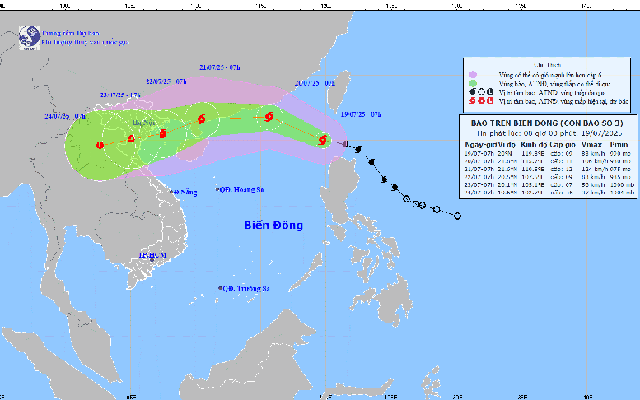
![[Photo] High-ranking delegation of the Russian State Duma visits President Ho Chi Minh's Mausoleum](https://vphoto.vietnam.vn/thumb/1200x675/vietnam/resource/IMAGE/2025/9/28/c6dfd505d79b460a93752e48882e8f7e)
![[Photo] The 4th meeting of the Inter-Parliamentary Cooperation Committee between the National Assembly of Vietnam and the State Duma of Russia](https://vphoto.vietnam.vn/thumb/1200x675/vietnam/resource/IMAGE/2025/9/28/9f9e84a38675449aa9c08b391e153183)
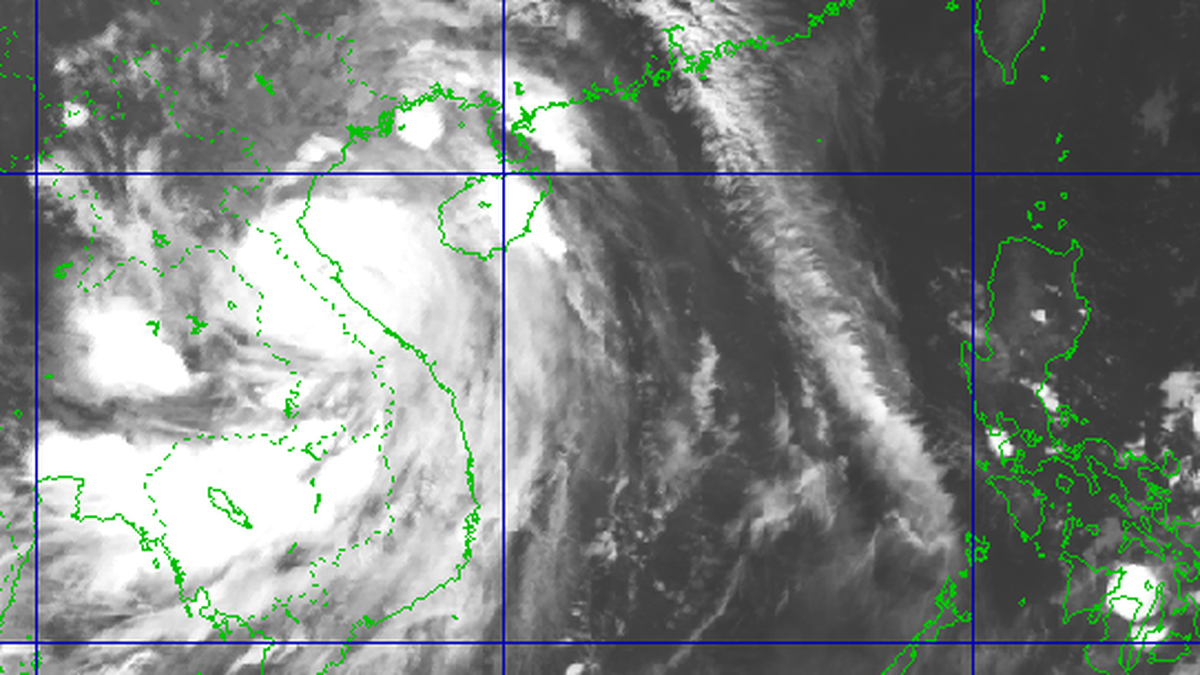
![[Photo] Joy on the new Phong Chau bridge](https://vphoto.vietnam.vn/thumb/1200x675/vietnam/resource/IMAGE/2025/9/28/b00322b29c8043fbb8b6844fdd6c78ea)












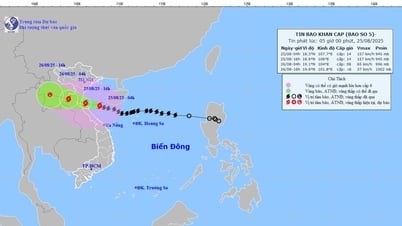


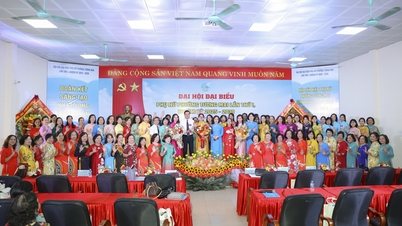






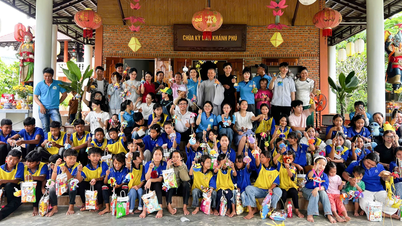
























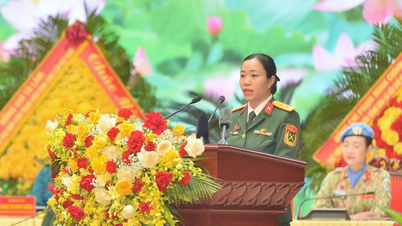



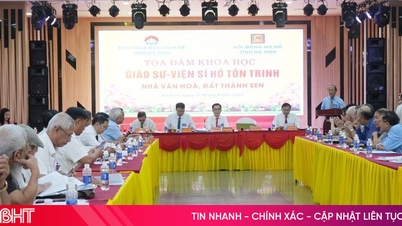














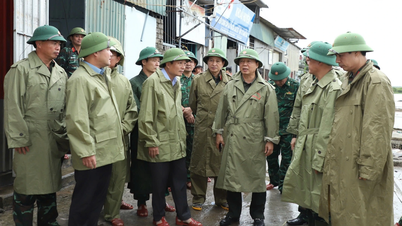









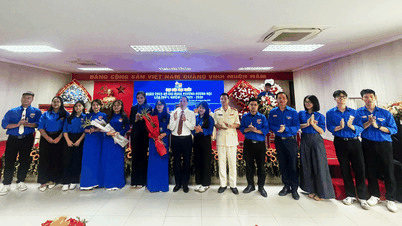
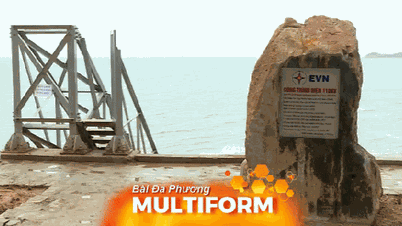










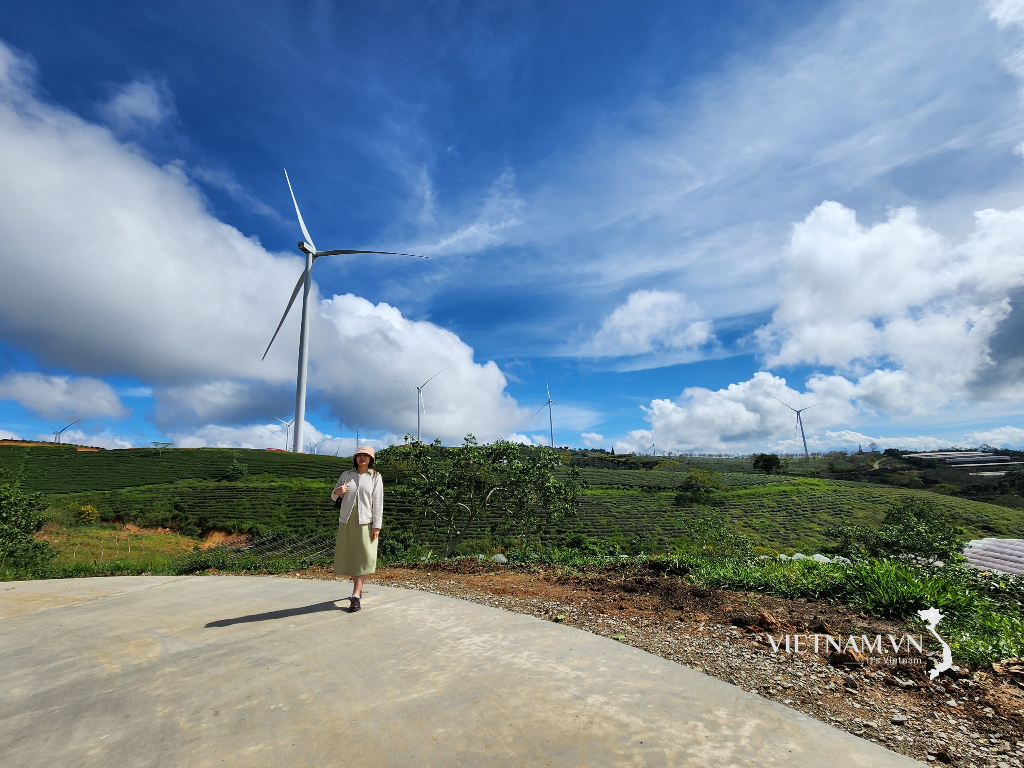



Comment (0)